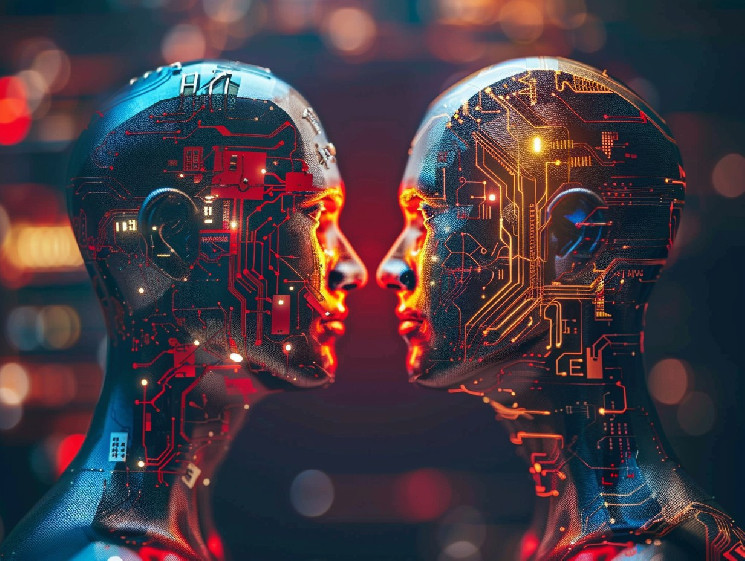Have you ever wondered what a marriage between AI, Web3 and Cloud computing would look like? Well, wonder no more. Ankr will show the crypto community what this experience would look like with their Neura blockchain launch. In a press release shared with Cryptopolitan, it is clear that the new tool available to the crypto community will revolutionize modern technology as we know it.
Ankr’s Neura Blockchain – Everything You Need to Know
Ankr, a leading blockchain infrastructure provider, will launch Neura, a breakthrough blockchain platform designed to transform several industries including AI, Cloud Computing and Web3.
Meet Ankr – Ankr offers a comprehensive Web3 development hub that provides developers with a wide range of tools to build Web3 applications and enhance their functionality through fast and reliable connections to more than 46 blockchains.
Ankr offers a range of services and tools that enable multi-chain dApp development, blockchain engineering, crypto staking, and distributed node infrastructure on a global scale.
Ankr’s products enable individuals to effortlessly build and generate income on Web3, while also engaging with the crypto economy for a more decentralized, democratic, and user-controlled web experience.
Neura aims to revolutionize these industries by using blockchain technology to improve efficiency, security and accessibility. This is how Neura plans to achieve its ambitious goals:
Neura provides a solid infrastructure for AI startups, giving them access to decentralized GPU resources, crypto-based crowdfunding, and on-chain AI operations. Neura is revolutionizing the AI industry by combining cloud computing, artificial intelligence and Web3 technologies.
This groundbreaking merger will enable AI companies to completely transform their implementation, model training and operations, all on the blockchain.
So what does the blockchain offer? Neura will offer its services through these three provisions. As the world moves quickly and often blindly to AI, Neura will tackle some of the key challenges facing AI startups.
This will be done by meeting GPU requirements, processing data, and obtaining financing.
Neura’s blockchain brings a new twist to the decentralized finance (DeFi) ecosystem. The protocol coordinates the core functions of a decentralized GPU marketplace.
The chain makes it possible for AI models to easily access computing power when needed. It tops that with a decentralized storage system for AI data and smart contracts that govern AI access, assets, and actions. Chandler Song, co-founder and CEO of Ankr, said the following about the launch:
Neura provides a superior operating system for the neural networks of AI models, providing them with trusted data, scalable access to GPU resources, smart contract automation, and new economic models that are better able to meet the demands of future AI apps and payments . The convergence of Web3 and AI will be one of the most important events for both industries, and we are very excited to be leading the way.
Chandler song
How, where and why was Neura built? Here are the tokenomics
Neura is built on the powerful Cosmos SDK and optimized for compatibility with the Ethereum Virtual Machine (EVM). It aims to address the crucial issues of scalability and interoperability and create a new benchmark for technological convergence. Furthermore, Neura’s seamless integration with off-chain storage solutions such as Celestia, EigenLayer, IPFS and Arweave ensures the utmost security and integrity of data, while preventing the blockchain from being overwhelmed by AI model data.
Moreover? Neura ensures the security of its network by incorporating the Babylon BTC staking protocol, which uses Bitcoin’s established security mechanisms. This integration provides exceptional protection for transactions and data.
Please note that the ANKR token serves as the primary utility token within the ecosystem, enabling payments for AI usage, acquiring AI tokens, incentivizing GPU providers, rewarding AI developers, staking, and various other purposes.
Additionally, Neura’s integration of token standards such as ERC-404 and ERC-7641 enables fractional ownership and transparent revenue distribution. This facilitates the launch of Initial Model Offerings (IMOs), which offer crowdsourced strategies for raising capital by selling tokens that represent shared ownership in projects.

